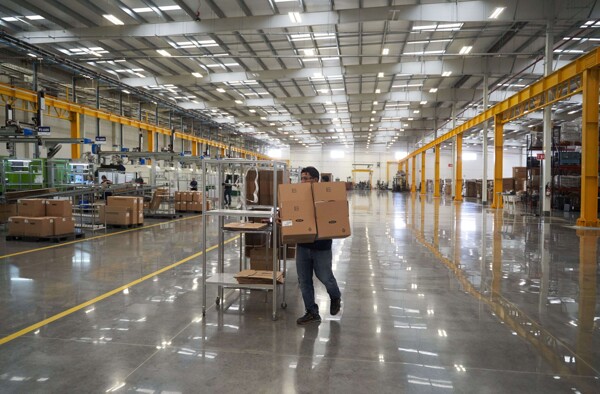
The concrete industry in Mexico projects an optimistic outlook towards 2025, anticipating a 5% growth in demand. This growth will be driven by both private and public works, as well as a recently signed agreement between the Mexican Association of Ready-Mixed Concrete Industry (AMIC) and Canadevi, aimed at strengthening the productive chain.
Rodrigo Córdoba García, president of AMIC, highlights Mexico's advantageous position regarding potential tariff policies, as the main inputs for concrete, such as cement, are produced locally. This strength in the internal production of inputs is a key factor for the sector in the current international scenario.
Although there are challenges such as the completion of major works from the previous administration and possible tariff threats from the President of the United States, Donald Trump, the industry trusts in its capacity to adapt and consolidate its growth.
On the other hand, there is a concerning issue regarding mental health care for the elderly in Mexico. Despite the fact that between 15% and 20% of individuals over 60 suffer from depression, attention and treatment for this condition is scarce, reflecting a lack of specialists in the country.
Addressing this lack of attention towards the mental health of the elderly is essential through the training of more specialists in mental health and geriatrics, as well as the implementation of public policies that ensure equitable access to healthcare services for this segment of the population.
In this context, the company Koltin, founded and led by Eduardo Ortiz, which offers private health coverage services for the elderly, seeks to collaborate with the government in implementing effective strategies to address this issue.
In conclusion, the concrete industry in Mexico is preparing for sustained growth, supported by housing projects, industrial parks, and infrastructure works. Despite the current challenges, the sector's adaptability and resilience position it as a fundamental pillar in the country's development. Collaboration between the private and public sectors will be key to facing challenges and seizing opportunities that arise in the future.














